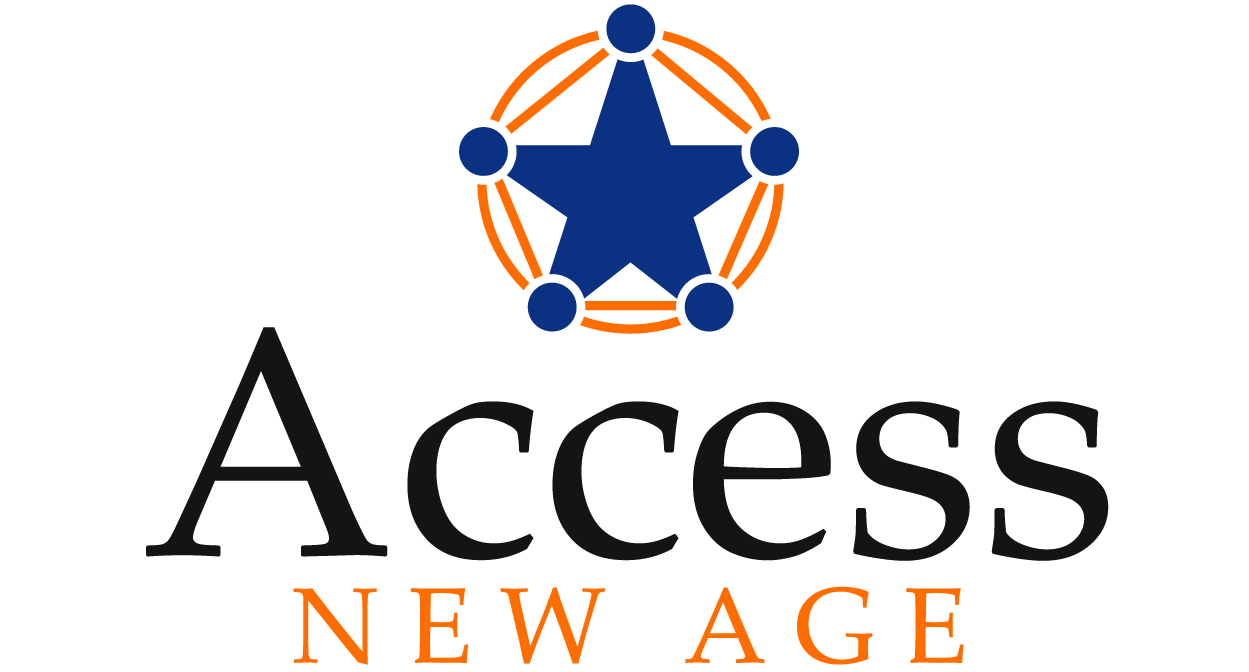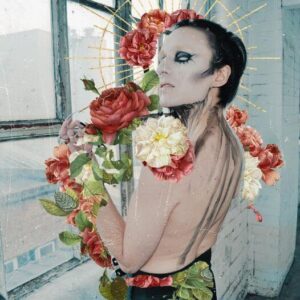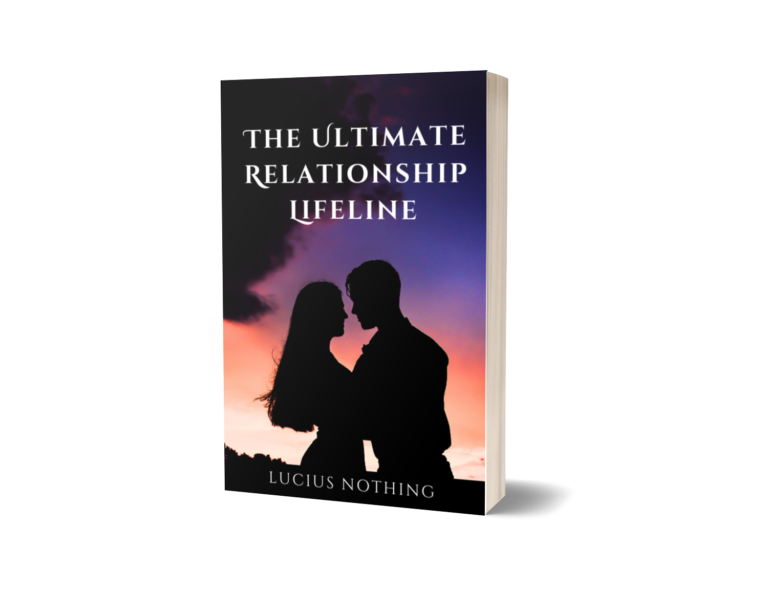The Hierophant is the fifth archetype of the Tarot’s Major Arcana and the masculine counterpart to the High Priestess who precedes him.
The Hierophant is a powerful male figure, often seen as a symbol of patriarchal values and structures. Depending on the context in which he appears, he can be either a benevolent teacher and mentor, someone with the power and wisdom to help us navigate the choppy waters of our lives. At other times, we may encounter him as a stifling, controlling and rigid gatekeeper, a leader of the old guard, a force that seeks to keep us in line and keep us from expressing ourselves authentically and freely.
Love him or hate him, the Hierophant is an unavoidable archetype whose influence over our lives is often much greater than we think.
What does the Hierophant Tarot card stand for?
The Hierophant Major Arcana Tarot card is one of the scapegoats of the Tarot. In today’s liberal esoteric circles, he is rarely viewed with a kindly eye. But there is much more to this archetype than the controlling and oppressive structures and societal norms which he also represents.
While at first glance the Hierophant’s primary function is to uphold tradition and ensure the continuation of established societal rules and values, he also presides over the knowledge handed down through the aeons.
Join our Facebook group to get the answers to your synastry questions from our experienced community.
Ultimately, like any other Tarot card, the Hierophant is a mirror in which we can view and learn about ourselves. When we taken an honest look within, we may see that the energy of this archetype has played or continues to play a great role in who we are and in how we live our lives. Conversely, we may find that we have been working hard to free ourselves from his dogma, only to find that we have abolished his positive aspects along with the negative, and that we have ultimately strayed too far from his comforting structure.
After all, not all traditional values and wisdom are inherently oppressive.
Is the Hierophant the most powerful tarot card of the Major Arcana?
You only need to cast one glance at the Hierophant Major Arcana Tarot card to gather that The Hierophant is a powerful male archetype, a much revered leader.
Although depictions of the Hieriophant come with differentiations and variations between different Tarot decks, they all depict this stalwart archetype in similar ways.
He is a true patriarch, the leader of his flock. Because people depend on him and turn to him to seek out his wisdom and lean on his strength, he can never falter or express himself frivolously or spontaneously. In may ways, the Hierophant may be considered the diametrical opposite to the first card of the Major Arcana, the Fool.
Because of the roles the Hierophant plays in society, he has to be as immovable and stolid as a rock.
Trump number 5, the Hierophant
The Hierophant Tarot card is the fifth in the Major Arcana.
Interestingly, according to Numerology, the number five represents curiosity, free thinking, and spiritual openness. The number five is also the one that bridges the earthly and spiritual realm, but adding an elusive fifth element to the physical four.
The roles of the Hierophant
The Hierophant, although he is depicted as a pope-like figure in the traditional Rider-Waite Tarot deck and many others can easily be pigeonholed as a symbol only of the Christian religion and its influence in our lives. However, the role of the Hierophant as a spiritual and religious leader is much more multi-faceted than that.
The Hierophant in Greek mythology
The title of Hierophant hails from the Ancient Greek word Hierophantēs, which means ‘displayer of holy things.’ The office of the Hierophantēs far predates the Catholic church.
A Hierophantēs would be chosen from one of the original clans of the Ancient Greek city of Eleusis. When stepping into the role of the Hierophantēs, the chosen one would cast off his former name in order to fully embody his new role as the master of spiritual ceremonies and teacher of traditional knowledge. His dedication to the passing down of spiritual wisdom and the customs of spiritual practice had to be complete.
The pope
The head of the most powerful religious institution in the world is the primary association when we see the Hierophant. After all, could there be a more apt and iconic symbol of traditional structures, values and dogma than the head of the Catholic church? Even if you are not Catholic, the associations are immediately clear.
The Hierophant as a religious leader can be interpreted both literally and metaphorically. In some Tarot readings, it make sense to interpret the Hierophant as a representation of the role religion plays in the querent’s life. They may have been raised Catholic, and their values and worldview may have been shaped and coloured by conventional religion.
But the Hierophant as a religious leader can also be understood in a more fluid sense. The Hierophant is simply an icon of the establishment. He is the embodiment of the patriarchy, of tradition, of the dominant values in our culture, he is the head of every institution. The Hierophant is not only the head of a large religious group, he is also the president of every country, the police force, and the military. His wisdom is considered to be of divine proportions, and his authority is impossible to deny.
The gatekeeper
Another role the Hierophant plays in our lives is that of a gatekeeper. Even in today’s world, gatekeeping is alive and well, even if it has become less tangible.
The Hierophant is the beaten path, the way things are done. He is the company culture, the prevailing systems, the tight-knit group of industry insiders keeping up the barriers and determining who comes and who goes.
No matter how much freedom and fluidity your life contains otherwise, encounters with the Hierophant are unavoidable. If you’ve ever had to deal with a government official or a police officer, or if you’ve ever been the employee of a large corporation, you have been in the presence of the Hierophant Tarot card.
The Hierophant’s counterparts
To understand the Hierophant better, it helps to reflect him in other Tarot cards.
The High Priestess
The Priestess precedes the Hierophant in the Major Arcana and is his female counterpart. The two share both similarities and stark differences.
The High Priestess is sometimes referred to as the female pope, or the female Hierophant. He, in turn is her masculine counterpart, the High Priest.
She is a symbol of inner authority and subjective spirituality, and he embodies the other side of the religious spectrum, governing conventional systems of belief, well established religious knowledge, and conformity .
The Star
Another Major Arcana Tarot card in which it makes sense to reflect the image of the Hierophant is the Star.
The Star belongs to the same realm as the High Priestess. But where the High Priestess only beckons and hits at the mysteries awaiting your discovery when you explore the unconscious inner realm, the Star brings internal insights to light.
The Star card is also known to represent your own inner guiding star, your subjective authority. As such, you could consider the Star card the opposite of the Hierophant, who asks you to rely on outer rather than inner structure and guidance.
The Hierophant Tarot card symbolism
These are the symbols you will find in most depictions of the Hierophant.
The Hierophant on his throne
The central symbol in the Hierophant Tarot card is, of course, the archetype himself.
Usually dressed as the head of the Catholic church, he is seated in the middle of the card, on an ornate throne at the top of a staircase, between two pillars.
The Hierophant’s face is stern and he is gazing out of the card, straight at the viewer. His arms are raised up, as though he is receiving a transmission of energy from above.
The bridge between Heaven and Earth
The placement and posture of the Hierophant – as well as his papal garb – suggest that he is a bridge providing a path and a connection between the divine and the Earth plane.
It is interesting to note that his right hand is making the classic sign of a Biblical figure who is speaking, with two fingers raised heavenward.
The priests
In front of him, two priests are kneeling with bowed heads, showing their reverence and bowing down to the Hierophant’s authority.
The pillars of Law and Liberty
On either side of the Hierophant’s throne stands a pillar, carved in the same ornate stone as his throne. These are the pillars of Law and Liberty, and the Hierophant’s position between them suggests that he is a connecting link between them.
The triple cross
In his left hand, the Hierophant clutches a triple cross, also known as the papal cross.
The tripe cross is a symbol of religious rulership, as well as of the holy trinity of the father, the son and the holy ghost.
The triple cross may also symbolise the three layers of consciousness over which the Hierophant exerts his influence – the s subconscious, the conscious and the superconscious
The triple robes
The Hierophant wears three layered robes, one red, one blue and one white. Again, these could be a symbol of the holy trinity, of the three layers of consciousness, or perhaps of body, mind and spirit.
The triple crown
On the Hierophant’s brow rests a tripe crown in gold. The tall crown seems to function as a continuation of the staircase, lifting him even closer towards the divine realm, from which he draws his ultimate authority. And of course, the trinity and the three layers of consciousness are once again implied.
The keys to Heaven
At the foot of the Hierophant’s throne are two large golden keys. They are the keys to the sacred, and suggest that only the Hierophant can grant access, that he is ultimate the gatekeeper.
Hierophant Tarot card meanings and interpretations
The Hierophant plays many roles and serves many functions. Theres are the primary traditional interpretations of the Hierophant Tarot card.
A teacher or mentor
The Hierophant is always a teacher – sometimes literally, sometimes figuratively. We might encounter him as a formal mentor, for example a university professor, a spiritual leader, a boss or a conservative father figure, or he may simply be the presence of norms and traditions in our lives and relationships.
The Hierophant card is there to ensure that we learn how to read and navigate the traditional social code of the society we live in. He sees to it that we are initiated into the established belief systems, rules and institutions.
Wisdom and learning
The Hierophant’s gift is knowledge.
Even if the free spirits among us don’t fully embrace the current rules and traditions of society, we still have to accept that they are there, and that we have to learn how to navigate within the framework they provide.
Religion
The Hierophant Tarot card is a symbol of established religious beliefs and practices.
When the Hierophant Tarot card is upright, the relationship the querent has with religious traditions or a religious mentor may be experienced as key to fulfilment and meaning, rather than something that restricts.
Tradition and convention
The Hierophant represents tradition in all of its forms, from the institution of marriage to the unconscious values we hold.
Institutions
The Hierophant card signifies institutions – spiritual, financial, governmental and otherwise.
Institutions govern and influence all aspects of life, from our relationships to our sense of spirituality to the course of our career. Institutions regulate spiritual wisdom, money, meaning and ritual.
Law and order
The Hierophant Tarot card represents law and order. Not only does he represent the institutions that uphold these values, but the values themselves.
Ethics and morality
The Hierophant Tarot card does not only represent the rules and regulations officially enshrined in law, but the ethics and morality underpinning them.
The Hierophant represents the prevailing traditional and religious view on all aspects of life.
Conformity, status quo
The Hierophant Tarot card meanings are not complete without this interpretation. Seen through the prism of the Tarot, the Hierophant is the energy of the status quo. His function is to ensure that it prevails, that it is handed down through the generations.
The Hierophant reversed
The upright and reversed meaning of Tarot cards places them in different light – the Hierophant Tarot card is no different.
Personal beliefs
Upright, our Hierophant represents externally established beliefs. The reversed Hierophant is a sign of free thinking and subjective beliefs.
Freedom
The reversed Hierophant Tarot card signifies freedom of both thought and behaviour. Authority is sought internally rather than externally.
Challenging the status quo
The reversed Hierophant is a threat to the status quo.
Reversed, he becomes a symbol of free thinking and the desire to find new and different ways forward.
Lack of structure, formal skills or direction
When the rigid structure of the Hierophant falls away, so may our sense of meaning and direction.
While some are imbued with a strong sense of inner direction, some may flounder and suffer as a result the traditional moral and spiritual compass being taken away.
What the Hierophant tells you about your personal development
Upright
Adherence to external structure, mores, values and traditions. Quite possibly, a lack of inner direction and ability to think creatively and out of the box.
Reversed
Independence, breaking away from the status quo. Rejecting dogma and conditioning.
What the Hierophant tells you about love and romance
Upright
A traditional courtship, relationship or marriage. A conservative or religious partner is implied.
Reversed
An unconventional partner or relationship style, one that breaks societal norms and expectations.
What the Hierophant tells you about work and career
Upright
A traditional and somewhat rigid company structure.
You may be on a promising career track, but there is not much space for creativity, originality or self expression. Still, there may be valuable traditional skills and tricks of the trade for you to learn.
Reversed
An entrepreneurial endeavour, freelancing, starting an unusual business, disruption and risk taking.
Truly understanding The Hierophant could mean the difference between great happiness and misery down the line. Find a psychic medium near you today, whether you’re in New York City, Chicago, Utah, Seattle in the US, or somewhere completely different, you can get the expert guidance you deserve. Don’t forget you can also get a psychic email reading at low cost, or try the best online psychic reading sites such as Kasamba, Oranum, PsychicOz, Bitwine, Everclear Psychic and more.



